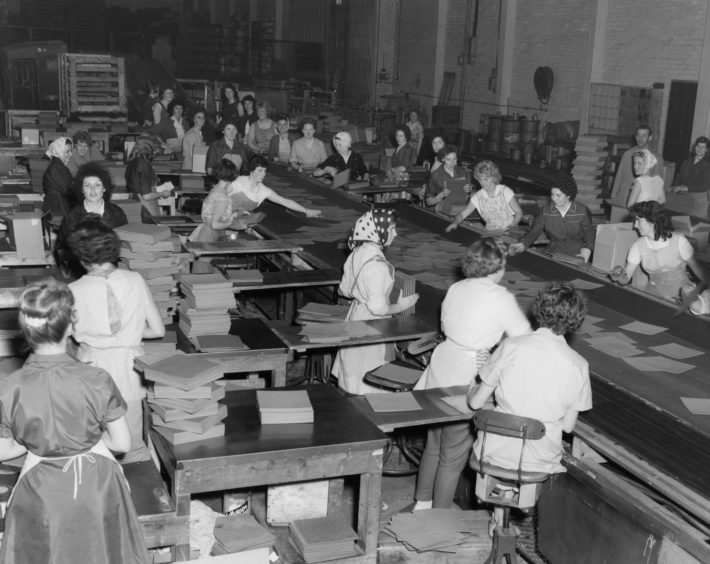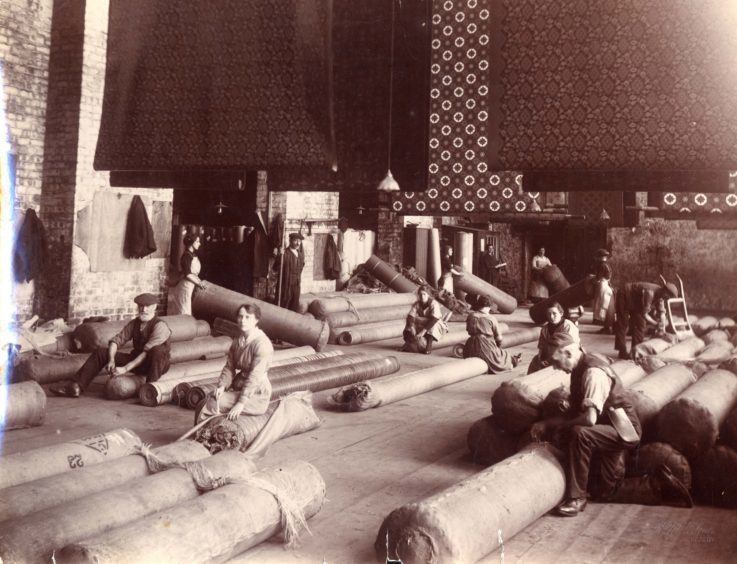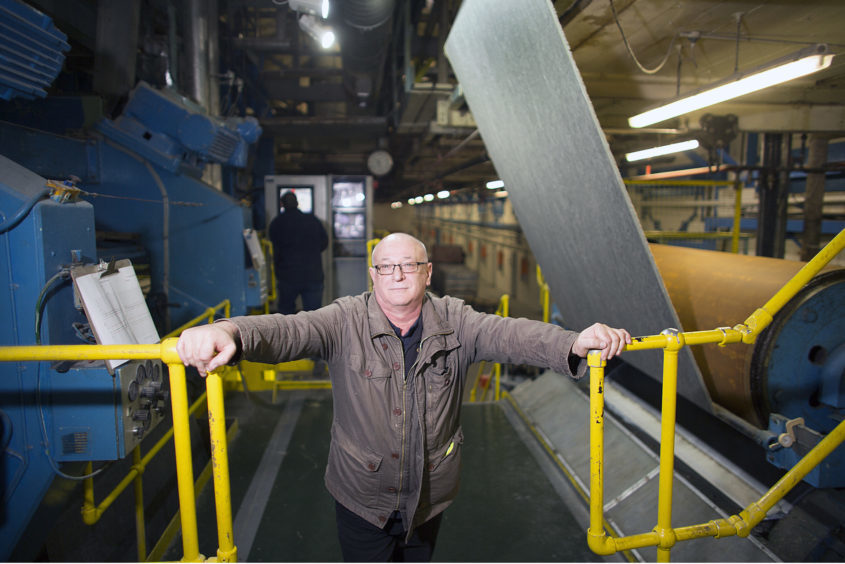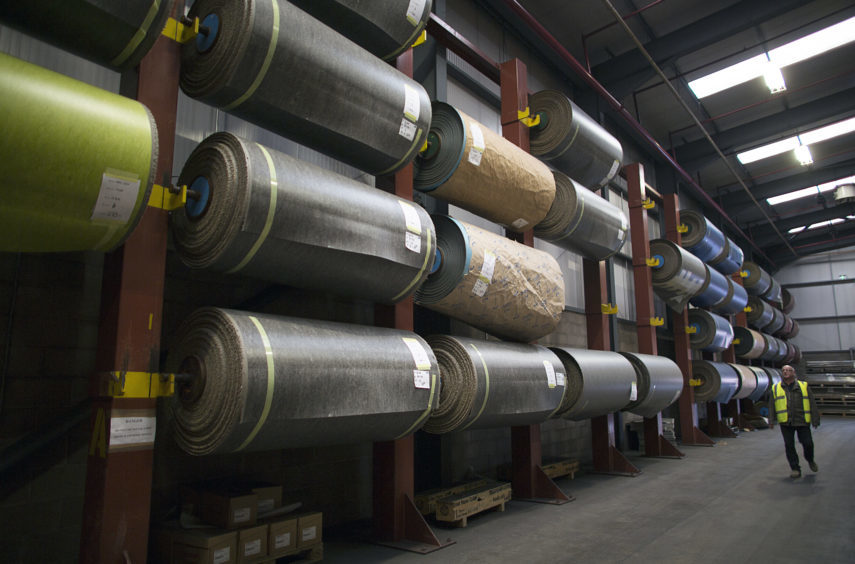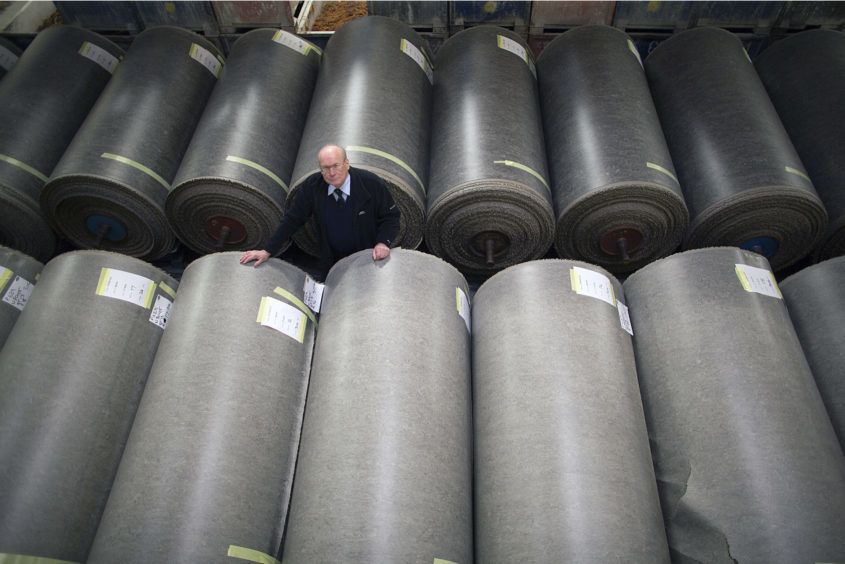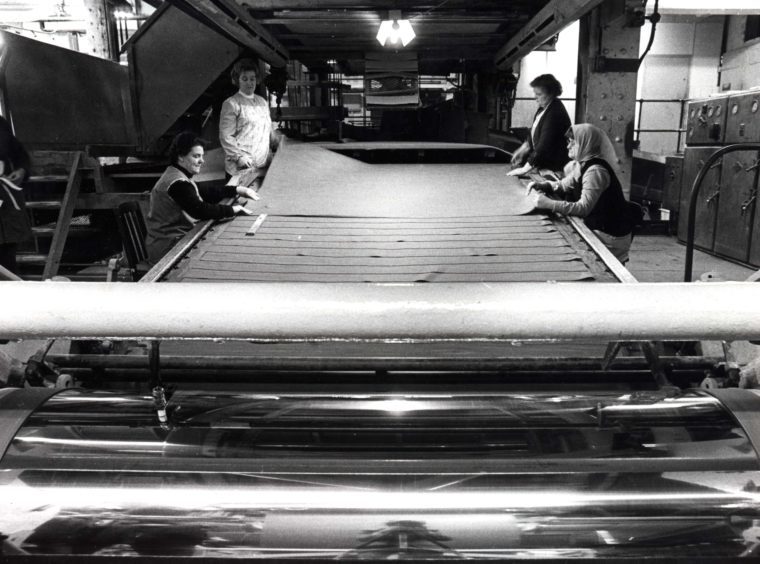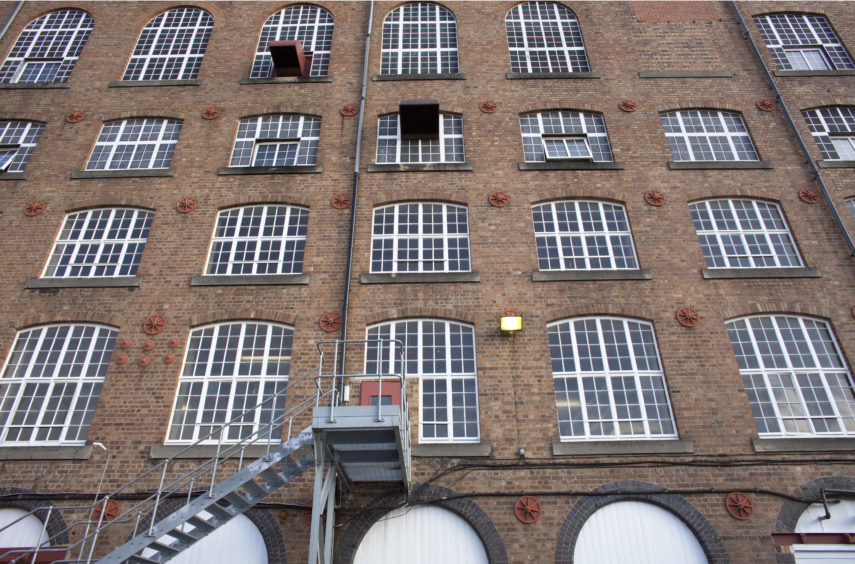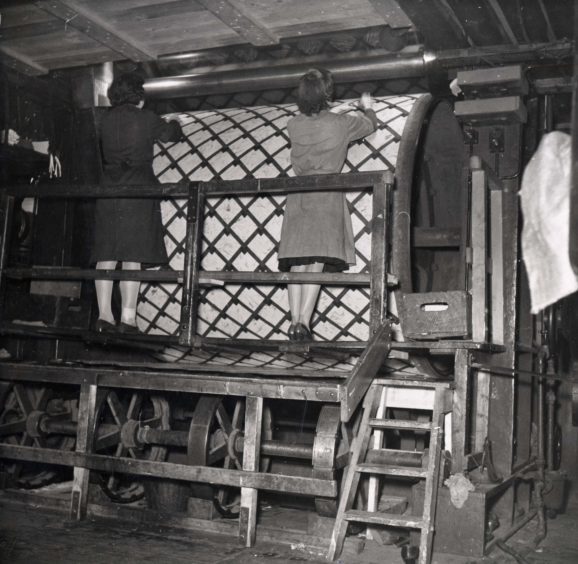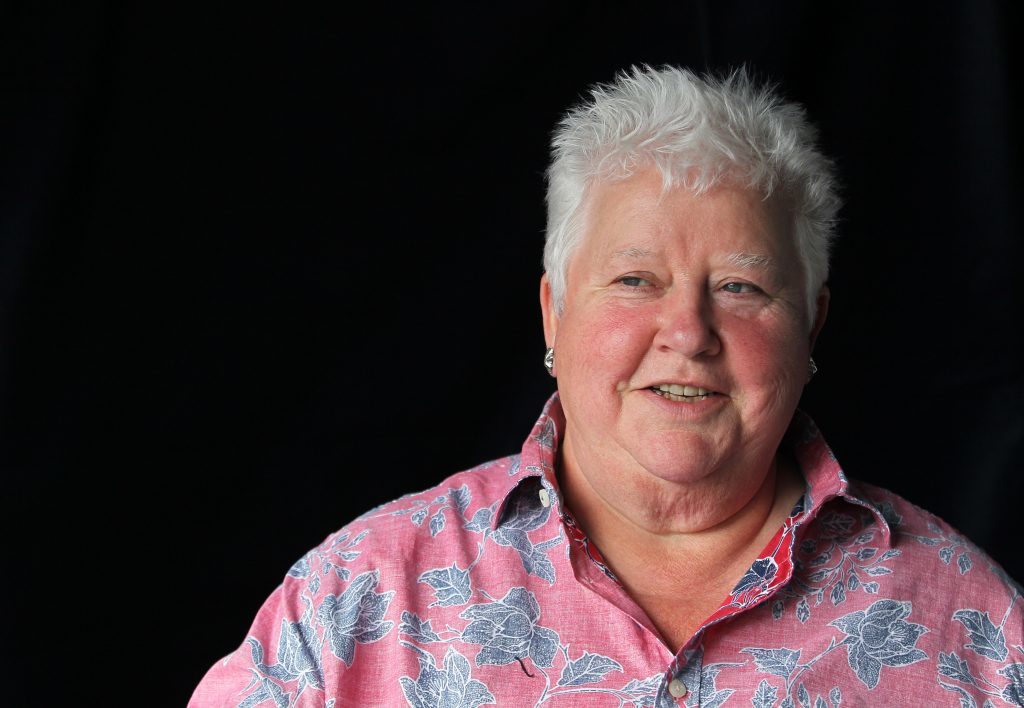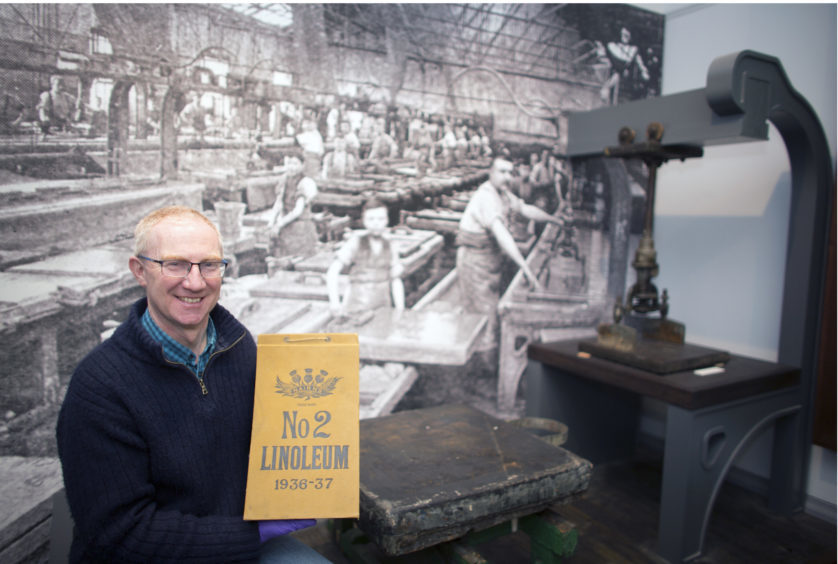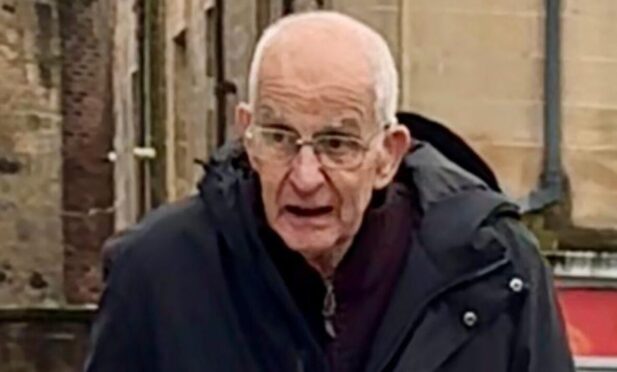Kirkcaldy’s famous connection with the linoleum industry is the subject of a new BBC Scotland documentary next week. Michael Alexander reports.
It was an industry that became synonymous with the “queer-like smell” that hung in the air – an odour that was immortalised by M.C. Smith in the poem The Boy in the Train about an excited child on his way to see his gran in Kirkcaldy.
“For I ken mysel’ by the queer-like smell, That the next stop’s Kirkcaddy!” concludes the poem that has been recited by generations of primary school children.
The distinctive odour emanated from the town’s linoleum works whose products were exported around the world.
Now a new BBC Scotland documentary is to tell the story of how Kirkcaldy became the world centre for linoleum.
The Town That Floored the World, which broadcasts on BBC Two Scotland at 9pm on Monday, traces the history of that “magic material” from its origins in the mid-19th century, and tells how the Fife town built its fortunes on its manufacture.
Current and former linoleum workers, and former Kirkcaldy bairns including crime writer Val McDermid, share their stories of a life in flooring.
The programme also traces lino’s role in high art and design – and even shows how it influenced break dancing.
The documentary, which has been produced by TVI Films for BBC Scotland, is narrated by actor and comedian John Sessions.
The film’s Glasgow-based executive producer Maurice Smith told The Courier it was a story of the people who worked behind the scenes and the unassuming product that changed their lives.
He said: “That’s what social history films are all about – getting people to bear witness to how things were.
“We’ve done previous films on the building of the Forth Road Bridge or thread making in Paisley and it works really well.
“But what I wasn’t prepared for was how important linoleum was to Kirkcaldy and how important Kirkcaldy was – and still is – to linoleum.
“That’s the great thing. Sometimes with these documentaries we are lamenting something from the past.
“But the great thing about linoleum is that it is still being produced – albeit in much smaller quantities –today.”
Forbo-Nairn Ltd keeps production going in Kirkcaldy today.
But once upon a time the linoleum industry had an undeniably huge presence and was the town’s largest employer.
This meteoric success could be traced back to the firm that started it all – Michael Nairn & Co.
It was the town’s oldest and largest linoleum company that went on to become an international brand.
The programme explains how in 1847 the first floor cloth factory in Scotland opened in Kirkcaldy starting a chain of events that were to have a huge impact.
As linoleum became increasingly popular around the world, seven factories started production in the town with the massive buildings dominating the skyline.
The linoleum companies became huge entities sprawling over 55 acres – about the size of 60 football pitches.
Employing 4000 people, the factories were mini-townships with their own power station, fire brigades, restaurants and social clubs – showing how much the town depended on linoleum.
The smell was created from the production process: Linoleum is based on a cement made from oxidised linseed oil. This was made by exposing raw linseed oil to hot air by flooding cotton scrim with the oil.
Author Val McDermid said: “I think linoleum was at the heart of the town because the factories were right at the heart of the town.
“My own family – my uncle worked at Nairns; my mum worked at Nairns offices for a while as well.
“So it was very much part of the fabric of the town, and as school kids we all had to learn the poem The Boy in the Train which ends up referencing the linoleum industry. I still remember big chunks of that poem even now.”
Betty Morrison, a forewoman at Nairns for 19 years, said: “Whenever you came into Kirkcaldy on the train you’d say ‘we’re in Kirkcaldy’. You smelled the linseed oil: you smelled the linoleum. It was a lovely smell but other people didn’t like it.
“It used to cling to your clothes, it used to cling to your hair. You always used to have to have working clothes on and you always had to wash your hair about every night.”
Peter Stevenson, process controller for 44 years at Forbo-Nairn, said: “Some people described the smell as oily. I described the smell as like a walk in a pine forest in summer.
“But I was always guaranteed to get a seat on the bus by myself on the way home because people would move away to get away from that guy who smelled on the back seat!”
*The Town That Floored the World is on BBC Two Scotland at 9 pm on Monday May 21. It’ll be available on BBC iPlayer for 30 days thereafter.
https://www.forbo.com/flooring/en-uk/
